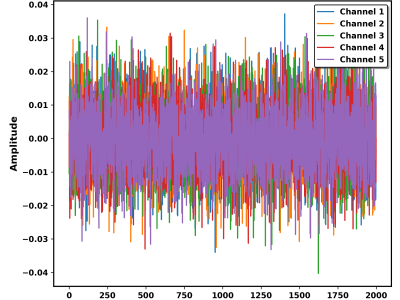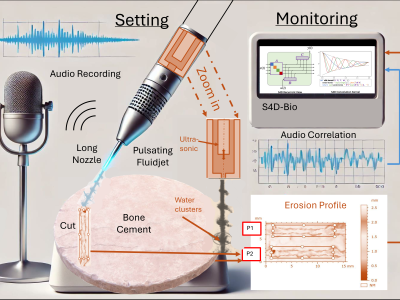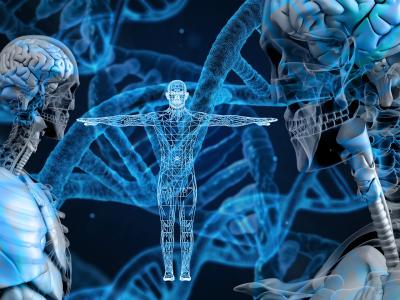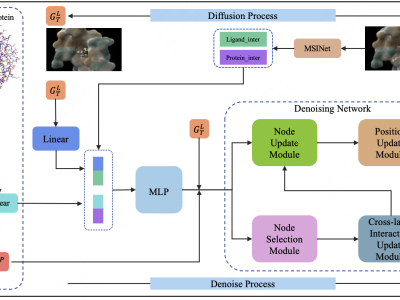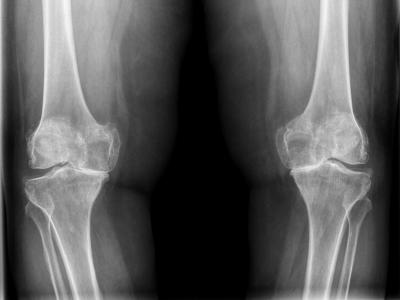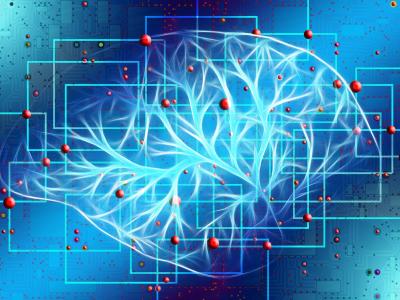
The Human dataset provides a comprehensive collection of drug-target interactions specific to human proteins, aimed at facilitating research in drug discovery and bioinformatics. This dataset includes a diverse range of human proteins as drug targets, along with associated drug molecules and their respective interaction labels. The data consists of molecular descriptors of drugs, protein sequences, and experimentally validated interactions sourced from various biological databases.
- Categories:
